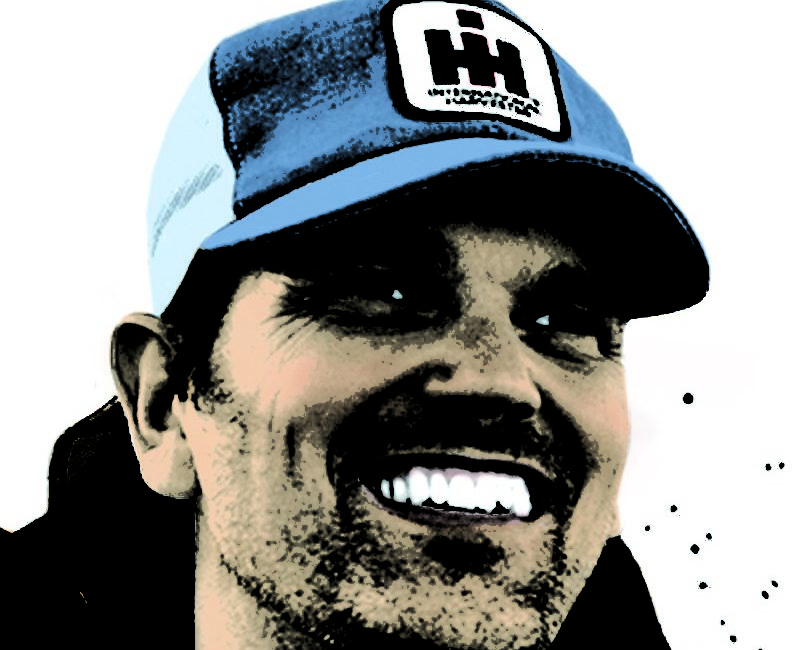
Exit Interview With Jim Walker, Organizer of Spark: Monument Circle
We already miss Spark: Monument Circle, an experiment that brought lime-green cafe tables, ping-pong, coloring, free postcard delivery, oversized Jenga, adult Sit ‘n Spins, and general joie de vivre to the southwest quad of the Circle from August 1 through October 16. The 11-week event tested part of the city’s in-development Monument Circle Redesign Plan—restricting traffic to one lane and using the space for “programming,” which is a fancy civic-planning word for fun stuff. Spark focused on human-scale activities, such as games, walking tours, live music, and art stations, as opposed to concerts and festivals. We asked organizer Jim Walker for his impressions just before he packed up the ping-pong tables.
What surprised you most?
Some of the traffic stuff. We could see [drivers] becoming more cautious and slowing down, and how much faster they went when it rained and no pedestrians were around. We were impressed by the power of gawking. People could see what was happening from their cars, then park and get out. Everyone driving through there is cruising around, not really on their way out real fast.
So you’re against closing the Circle to traffic?
When it’s closed off, it feels a lot more dead. Also, we got to see what people have to deal with when it’s closed—delivery vehicles, people driving shuttles; there’s a shuttle stop for health department workers on Meridian Street, by Washington. If you close down the whole Circle, you’re throwing them all for a loop. Is it worth it? Those sidewalks are pretty big. There’s room for pretty much any kind of event, either on the inside or outside of the Circle.
I saw a lot of strangers playing games with each other.
There was a lot of that. This is something that happens in places like New York or D.C., where you have a park with chess tables. In Indy, it’s pretty unusual. This one guy, Larry, he’s a really good chess player. He’d come down and wait till someone came who he could play chess with them. He beat everybody. There was also a family with these little chess genius kids. They were really little, like under 10. They would sit them at different tables and wait for an adult, and those kids would get better or beat the adults. It was pretty interesting.
How were the free walking tours received?
We just had 600 on Wednesday for a haunted downtown walk. Part of what we were shooting for was to get people to explore, to look around.
How many postcards did you send for those who stopped by to fill one out?
Thousands. More than 100 a day, all over the world. That got people to sit down, talk to each other, be creative, be a writer, and share the Circle with people from other places. People in India or France or Singapore or wherever, they got cards with a picture of Monument Circle.
How did the business owners react?
They said the lingering, hanging out, increases traffic. When there’s a big event, like a concert, people come at 6 and they leave at 8. This kind of stuff—the chairs and tables—aren’t ever over. There weren’t hours on that.
How much does this cost to continue?
Spark cost $400,000, but it wasn’t just for the 11 weeks. It was for purchasing stuff and planning. It’s probably somewhere around there; it’s hard to say. Cleaning all the tables and chairs, all the maintenance—we were doing it. There would have to be a staff for that. It would be nice to do it from mid-April to mid-October. We’re trying to work with the city to bring it back. But the National Endowment for the Arts paid $200,000. Next time, that’s not going to be there. We hope companies who are right there downtown will contribute.
What was your big takeaway?
The Circle is a community. I didn’t know that community before. It’s very diverse, from people living on the streets to business people and owners of huge companies—they’re all in the same place together. It’s a very rare thing in our city for people to be sharing their space like that. What we learned from Spark could be the start of a new approach to how we think about space.





